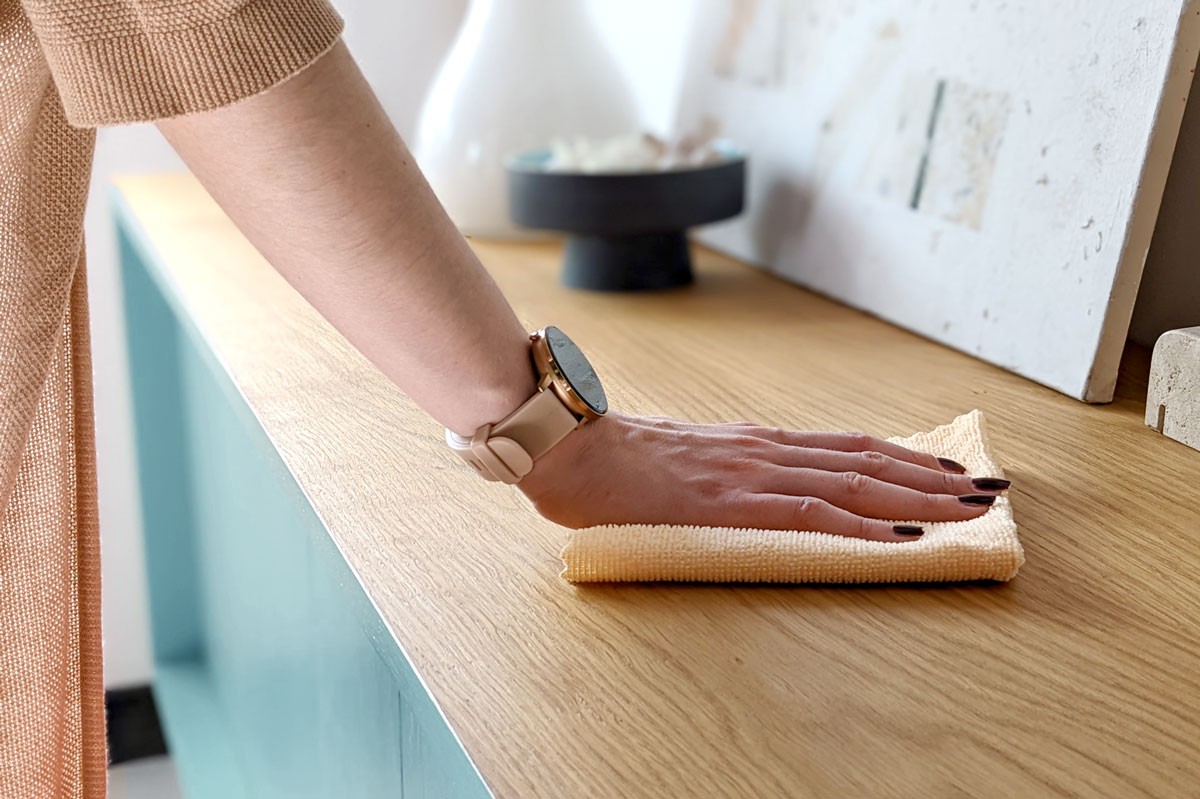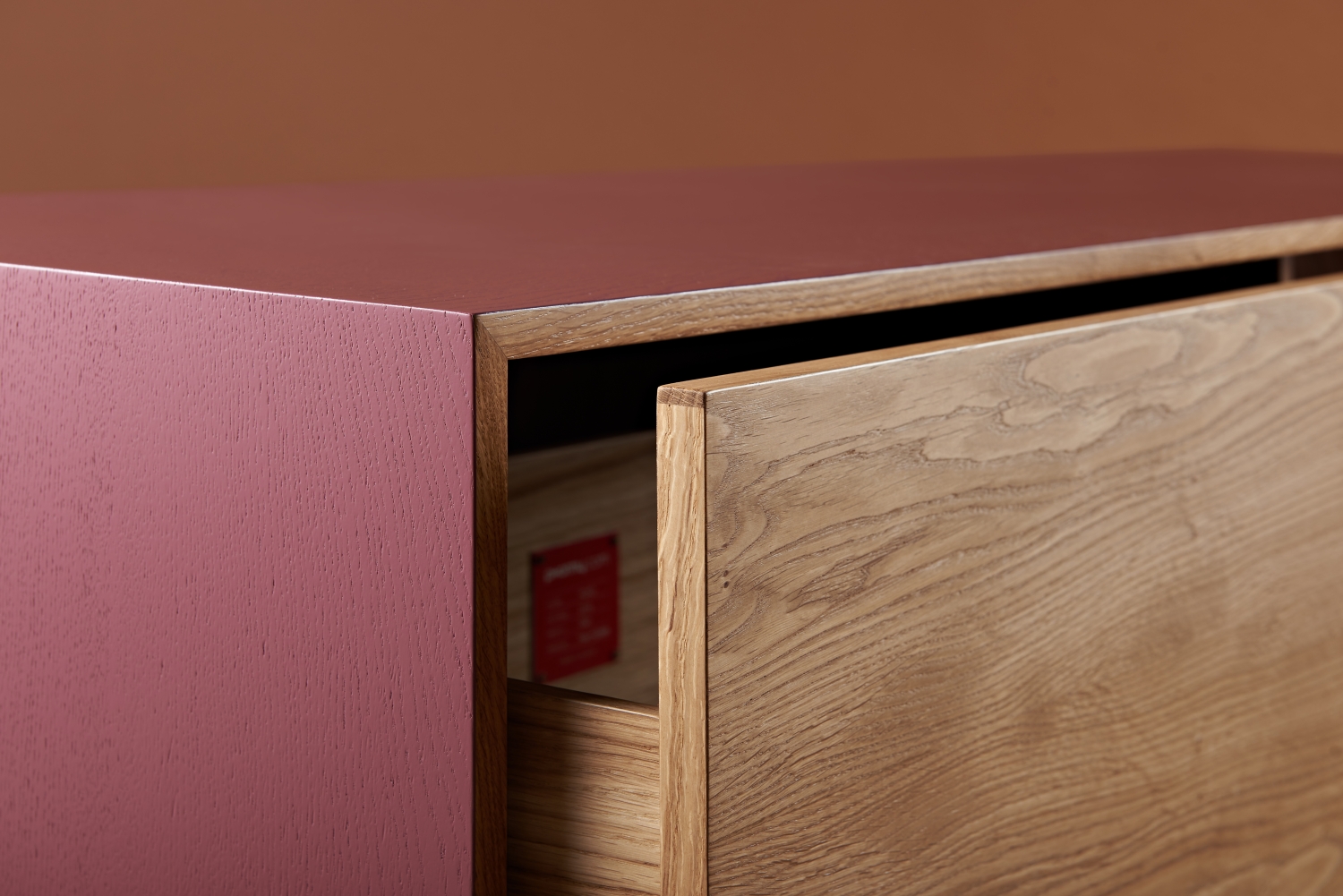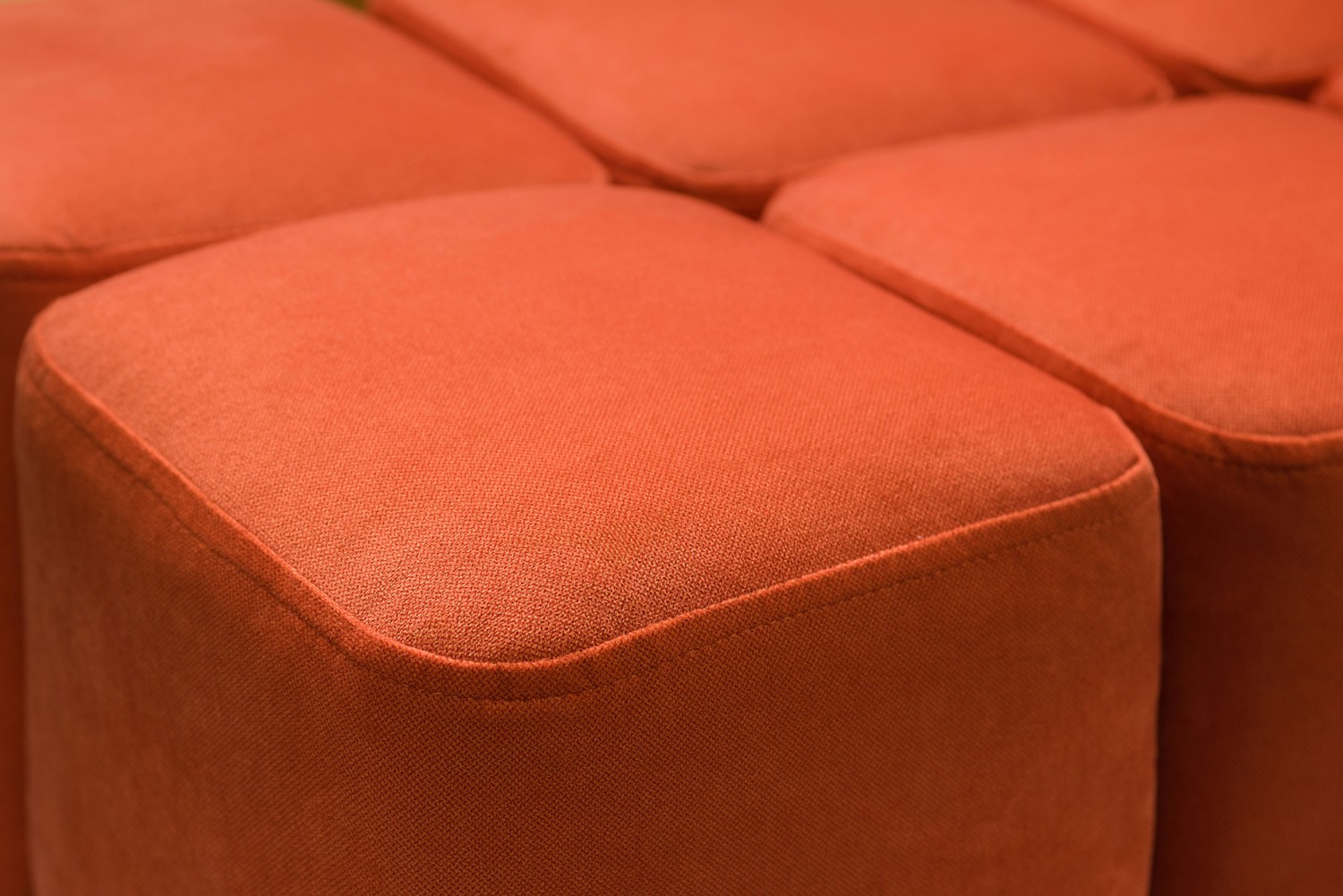We make every effort to ensure that each of our products serves as long as possible.
Below are some tips for cleaning, maintaining and correctly positioning the furniture
.
The best conditions for storing furniture (both box and upholstered) are achieved at 55 - 60% air humidity and 16-25 * C room temperature.
It is also important to place them in the room so that they are evenly exposed to sunlight.
You should also pay attention to keeping a safe distance between the furniture and the heat source (radiator, heating lamp, etc.).
To ensure the durability of the exposed surfaces and joints of the furniture, we recommend keeping a minimum distance of 0.5m.
Acurate leveling of your furniture may positively affect the operation of systems such as hinges and drawers.
The hinges may become distorted during transport! Use the included screwdriver to align the door.
Avoid placing hot dishes on the surface of the furniture, as they may leave indelible marks!
The best and safest way to clean it is primarily a soft and slightly damp cloth.
GROUP ONE - wood and veneers lacquered furniture
Most of our box furniture is varnished with polyurethane lacquer.
Varnish closes the structure of the wood and protects the surfaces.
The best and safest way to clean it is primarily a clean, soft and slightly damp cloth.
It is the best method of daily care and keeping the surface of the furniture clean.
If the furniture is in contact with more liquid, the natural veneer may be deformed, so it is recommended to wipe the damp surface dry immediately.
In the case of larger dirt, it is recommended to add the minimum amount of dishwashing liquid to a damp microfiber cloth. We put a small amount on the stuff (not directly on the piece of furniture), and then dry by wiping with a soft, dry cloth.
It is important that both during everyday cleaning (removing dust) and when removing dirt, use a delicate and soft stuff (microfiber is recommended), avoiding the use of sponges (dish sponge), the rough part of which may expose the surface of the furniture to matting and scratching.
It is not recommended to use polishing agents or cleaning agents based on alcohol, gasoline, ammonia or acetone, which may discolor the surface of the furniture.
You should definitely avoid placing hot dishes on the surface of the furniture, as they may cause indelible marks or, in the worst case, cracking the veneer.
Avoid placing items on the furniture, especially moving objects with sharp edges and rough surfaces over it.
Veneered furniture should be protected against direct sunlight, which may cause discoloration on the veneer surface.
GROUP TWO - furniture coated with acrylic laminate
Our furniture, which is made of acrylic laminate, is characterized by very high scratch resistance and anti-fingerprint technology, which eliminates the formation of fingerprints on the surface.
The most effective way to clean acrylic laminate furniture is to use a clean, soft and slightly damp cloth (microfiber is recommended). Do not use sponges (e.g. kitchen sponges), the texture of which may scratch and discolor the furniture.
It is not advisable to use products based on alcohol, ammonia or acetone for cleaning, as they may discolor the surface of the furniture.
It should also be remembered not to expose the furniture to long-term contact with liquid that may cause irreversible deformation or cracking of the surface.
You should definitely avoid placing hot cookware directly on the surface of the furniture, as it may cause permanent marks and discoloration. It is also inadvisable to move objects with sharp edges on the surface.
This can result in deep scratches that cannot be removed.
The nanotechnology used in our furniture covered with acrylic laminate makes the furniture self-healing in the event of micro-scratches. When micro-scars appear on the surface, you can use a cotton cloth and an iron or a hair dryer.
Place a clean cotton cloth where the scratch was made and gently iron it (or dry it) set at a temperature of about 110° C for 20-30 seconds. After this time, gently wipe the area that was regenerated with the same cloth.
GROUP THREE - upholstered furniture
If the upholstered furniture is dirty, remember not to rub the stain.
It may cause tearing of the cloths, small pieces of which may be rubbed into the furniture's surface.
When there is a more compact substance on the surface, remove it (e.g. with a spoon).
It is recommended to clean the remaining stain with ordinary soap (odorless, colorless), water and a microfiber cloth.
With gentle, circular movements, rub the stain alternately with soap and water.
With less demanding dirt, you can drain the stain with a cotton dust-free cloth.
The cleaning cloth is applied until the substance is completely soaked in the cleaning cloth used.
It is not recommended to use direct heat sources (e.g. a dryer) to dry the stain.
Unnatural heat sources can damage the material.







